Modernism (c.1918 to 1950)Modernism is more a way of thinking than a style. Modernists believed that the design of an object should be based purely on its purpose - that 'form follows function'. |
In this article
It was perhaps difficult to imagine how radical the idea of having no extra ornamentation in a room was at the beginning of the 20th century. It was a total departure from the obsession with historical revivals from neo-rococo to neo-Gothic that had not only dominated the Victorian years but for centuries before.
Modernism really took hold in Europe - where it became known as the international style - and particularly in Germany, with the Bauhaus movement, and Italy. At a comparable time, England was caught up in the fashions of art deco, art nouveau and Edwardian style. It was not until after World War I that the influence of modernism really began to be felt.
Style
- under-furnished, austere spaces
- use of tubular steel, plastic, laminated plywood, fibreglass
- abstract motifs
- bold primary colours
- industrial revolution
- growth of consumerism after World War I
- arts and crafts movement - shared its dislike of ornamentation
- engineering - methods such as the cantilever principle which was used for furniture construction
- Frank Lloyd Wright - architect
- Mies van der Rohe - designer and director of the Bauhaus art school
- Le Corbusier - Swiss architect and designer
- 1927 Al Jolson in The Jazz Singer - the first talking picture
- 1936 Edward VIII abdicates to marry Wallis Simpson
- 1936 Spanish Civil war
- 1939 The Wizard of Oz
- 1939 Hitler invades Poland - war breaks out in Europe

- Walls - leave your walls bare concrete or painted white.
- Mouldings - there should be no obvious decorative plasterwork or mouldings, but if you live in a period house paint them white to make them disappear rather than ripping them out.
- Wallpaper - wallpaper is generally out. You could fit mirror glass to one wall.
- Floors - flooring should blend seamlessly from one room to another. Choose wall-to-wall fitted carpet in a neutral shade or, if that's too impractical, lino or quarry tiles. It can be broken up with kelim rugs.
- Skirting - skirting boards should be very slim. Paint them the same colour as walls so that the eye doesn't notice them.
- Light - is very important. Long banks of picture windows are typically modernist. If you don't have those, then porthole windows are another typical feature.
- Windows - should be as plain as possible to let maximum light in. Hang simple curtains in natural fibres such as linen or a slub cotton from plain wooden poles or tracks. Otherwise hang plain white venetian blinds.
- Glass wall - install a glass block wall, either as a feature or as a dividing wall. They now come in a myriad of colours but it's best to stick to plain or opaque glass for this look.
- Furniture - should be made from a combination of tubular steel, bent wood, and leather. Don't allow any loose covers or comfortable upholstery. Modular seating of the type you see in office waiting rooms is perfect.
- Built-in furniture - buy or make built-in furniture such as cabinets and bookcases, but only at a low-level and not stretching up to the ceiling.
- Glass and chrome - choose other furniture such as coffee tables in glass and chrome with simple lines.
- Fireplace - the fireplace should still be the focal point of the room. Choose as simple a surround as possible. MDF is good painted white or just wood. You can leave brickwork round the fireplace exposed or add some white tiles.
- Lighting - by the 1920s everyone finally had electric light. Lighting designers borrowed techniques from industry so anything industrial looking is suitable. The angle poise is used for the first time.
- Heating - radiators are often exposed and made a feature of. There are some striking designs around from coils and springs which look like pieces of modern art.
- Plants - choose architectural plants such as cacti and succulents but only one or two.
- Accessories - ornaments are out but one or two pieces of modern art or sculpture are permissible. Go round the end of year degree shows at art colleges to pick up the names of the future.
- Charles and Ray Eames
- Marcel Breuer
- Mies van der Rohe
- Le Corbusier
- Guggenheim Museum, New York designed by Frank Lloyd Wright
- De La Warr Pavillion, Bexhill-on-Sea, East Sussex
- 2 Willow Road, Hampstead London NW3 - former home of Erno Goldfinger. Tel: 01494 755570
- Trellick Tower, London - built by Erno Goldfinger
- Villa Savoye, Poissy near Paris - Le Corbusier
- Fifties Source Book - A Visual Guide to the Style of A Decade by Christopher Pearce
- Miller's Collecting the Fifties by Madeleine Marsh (Reed International Ltd)
- Retro Home by Suzanne Trocme (Octopus)
- Retro Style by Marion Haslam (Cassell & Co)
- Modern Retro by Neil Bingham & Andrew Weaving (Rylands, Peters & Small)
- Fifties Homestyle by Mark Burns & Louis Di Bonis (Thames & Hudson)
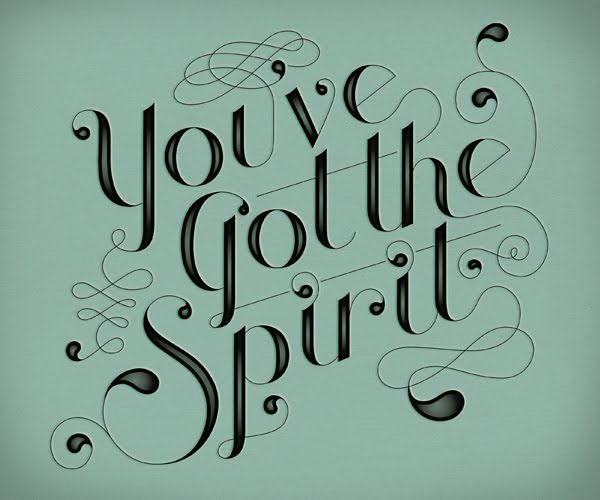
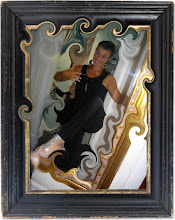




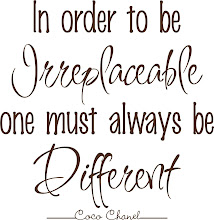



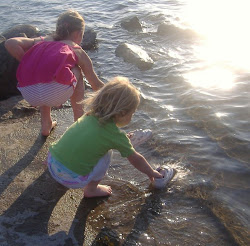


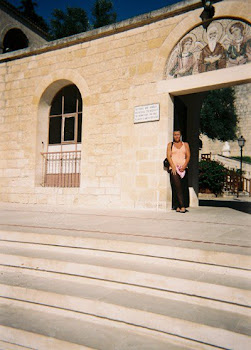








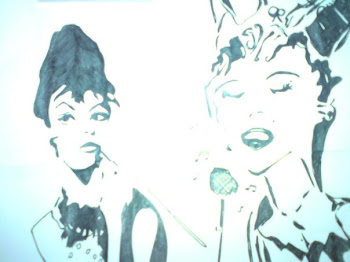
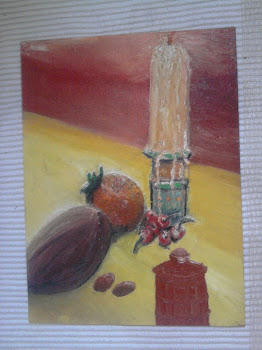







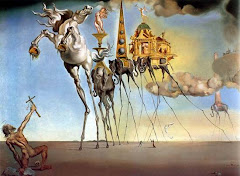





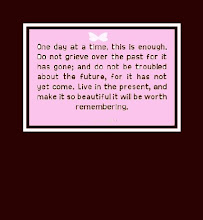







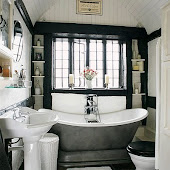








No comments:
Post a Comment